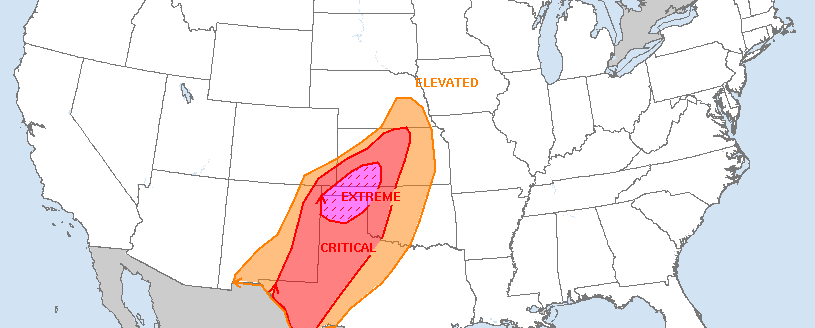Most Kansans—and Midwesterners—know that spring weather can turn real nasty in a very short time.
The region has an undesirable reputation as ‘Tornado Alley,’ and severe storms are known to bring high winds, hail and heavy rain. Severe weather can also spark wildfires.
Mary Knapp, a service climatologist with Kansas Mesonet, said that the period from March to May is often recognized as severe weather season. Those three months, she notes, typically have the highest incidence of tornado and other severe events.
“But,” Knapp said, “it’s important to remember that severe weather can occur any time, and we have recorded tornadoes in Kansas every month of the year.”
Knapp encourages people to put a plan in place to stay safe before severe weather strikes. A sensible plan may include a process for getting severe weather information multiple ways, planning a safe place for family to meet, and putting together an emergency kit.
Some of the sources of information that routinely provide emergency information include National Weather Service radio; the local county emergency management system—ask to be placed on phone or email lists to receive updates; local radio or television stations; and the internet.
“It’s important to check regularly for watches or warnings,” Knapp said. “Many times there will be advisories several days in advance of an approaching storm system. And check more frequently during an active watch as conditions change and develop.”
The Federal Emergency Management Association provides a list of supplies that should be gathered ahead of time. They include: one gallon of water per person per day for at least three days; at least a three-day supply of non-perishable food; battery-powered or hand-crank radio and a NOAA Weather Radio with tone alert; flashlight; first aid kit; extra batteriess; and a whistle to signal for help.
In addition to a cell phone, pack chargers and a backup battery. A complete list of supplies for an at-home emergency kit is available from FEMA at www.ready.gov/kit.
“Practice your safety plan on a regular basis so that everyone in the household is familiar with it,” Knapp said. “This is also a good chance to review your emergency kit and rotate items so that everything is fresh.”

